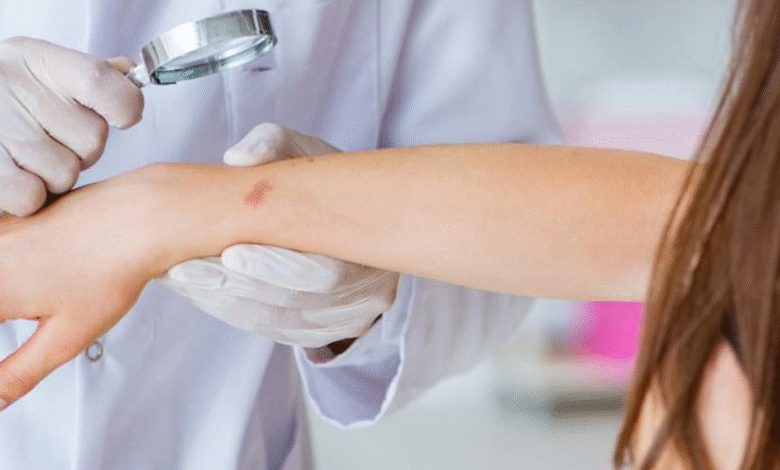Recognising The Signs Of Skin Cancer

Why Awareness Matters
Skin cancer remains one of the most prevalent forms of cancer worldwide, yet it is also one of the most preventable and treatable when detected early. Many people ignore changes to their skin until the condition worsens. Understanding the early signs can make a significant difference in outcomes, giving individuals a better chance at timely treatment and recovery.
Understanding How Skin Cancer Develops
Skin cancer begins when skin cells experience genetic damage, often caused by ultraviolet radiation from sunlight or artificial sources like tanning beds. This damage disrupts normal cell growth, causing abnormal cells to multiply uncontrollably. Over time, these cells can form visible or hidden changes on the skin, sometimes referred to in Chinese as 皮膚癌症狀, which simply means symptoms of skin cancer.
Common Physical Changes To Look Out For
Not every mark or blemish is dangerous, but certain skin changes should be taken seriously. Warning signs may include:
New moles or growths that appear suddenly- Moles that change colour, size, or texture
- Areas of skin that become scaly, crusted, or rough
- Sores that do not heal within a few weeks
- Spots that bleed without a clear cause
In some cases, these changes might be subtle and painless, making regular self-checks essential.
Risk Factors That Increase The Likelihood
While anyone can develop skin cancer, certain factors increase the risk. People with fair skin, light-coloured hair, or a history of frequent sunburns are more vulnerable. Living in regions with strong sunlight year-round, such as tropical and subtropical zones, also elevates risk. Family history of skin cancer and weakened immune systems can further contribute to susceptibility.
See also: What Makes an Effective B2B Sales Funnel
The Role Of Ultraviolet Radiation Exposure
Ultraviolet (UV) radiation plays a major role in the development of skin cancer. Overexposure to UV rays damages the DNA within skin cells, leading to mutations. These mutations can remain dormant for years before manifesting as visible changes, which might be described as 皮膚癌症狀 Reducing exposure through protective clothing, sunscreen, and seeking shade can significantly cut the risk.
When To Consult A Doctor
It is always better to err on the side of caution when it comes to skin changes. Seek medical advice if:
- A mole changes rapidly
- A skin lesion becomes painful, itchy, or starts bleeding
- You notice a patch of skin that looks unusual compared to the surrounding area
Early consultation allows dermatologists to use diagnostic tools and tests to confirm whether the changes are harmless or require treatment.
Diagnostic Methods Used By Specialists
Dermatologists employ various methods to diagnose skin cancer. A common tool is the dermatoscope, which provides a magnified view of skin lesions. If something suspicious is detected, a biopsy may be performed, removing a small piece of tissue for laboratory analysis. These procedures are typically quick and minimally invasive but are crucial in ensuring accurate diagnosis.
Treatment Options Based On Severity
Treatment for skin cancer varies depending on the type and stage of the condition. In early stages, minor surgical removal of the affected area is often sufficient. More advanced stages might require radiation therapy, chemotherapy, or targeted medications. Each treatment plan is tailored to the individual, aiming to eliminate cancer cells while preserving healthy tissue.
Preventive Steps Everyone Should Take
Prevention is an effective strategy in the fight against skin cancer. This includes:
- Applying sunscreen with adequate SPF daily
- Wearing hats and protective clothing during peak sunlight hours
- Avoiding tanning beds and excessive sunbathing
- Performing monthly self-examinations to detect 皮膚癌症狀 early
- Scheduling annual skin check-ups with a healthcare provider
Small changes in daily habits can greatly reduce lifetime risk.
Maintaining Skin Health For The Long Term
Healthy skin requires ongoing attention and care. By combining sun protection, regular monitoring, and professional check-ups, individuals can protect themselves against the dangers of skin cancer. Staying informed about the early warning signs ensures that any suspicious change receives prompt medical attention, improving the chances of successful treatment.





